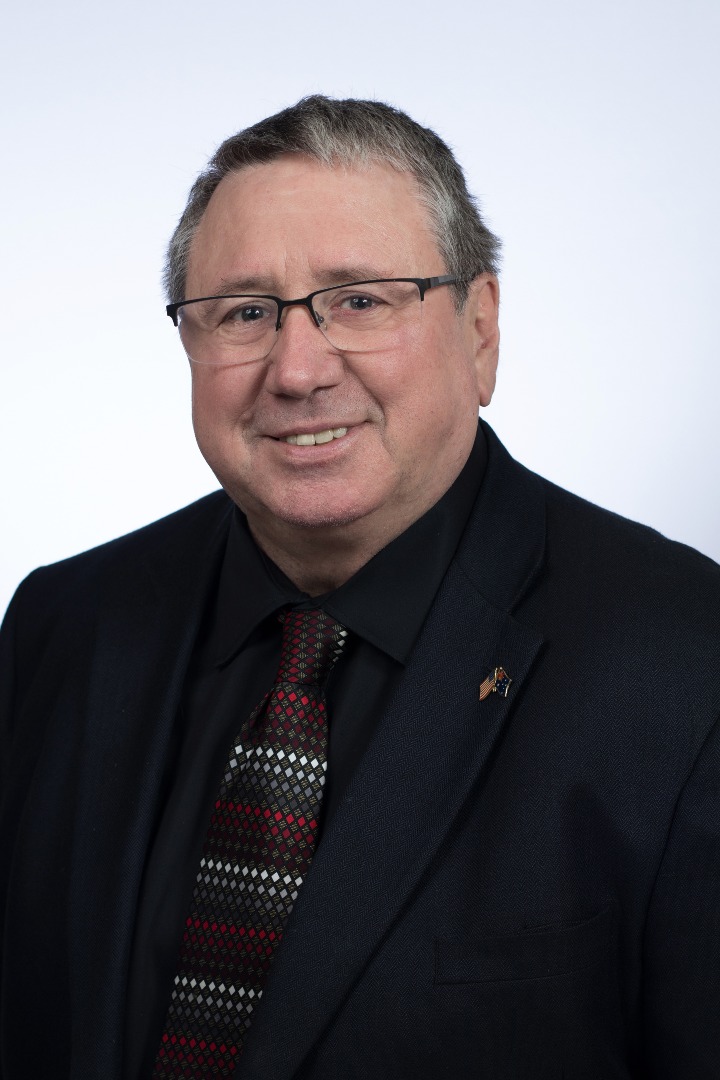IPC’18 The Future of Transportation: Impacts on Petrochemicals
The final session of AFPM’s International Petrochemical Conference was a panel session, chaired by Dave Smith, Senior VP, Corporate Planning and Technology at Chevron Phillips Chemical Company. The four chosen panelists:
• Kurt Barrow, VP, Oil Markets Midstream and Downstream Insights, IHS Markit
• Swaminathan Gopasaiswamy, Professor of Practice, Texas A&M Transportation Institute
• Jay Baron, President, Quality Associates (formerly CEO, Center for Automotive Research)
• Florian Schattenmann, VP, Performance Materials and Coatings R&D, Dow Chemical
There will be more change in the next 10 years than there were in the last 100, when the Model T went into mass production with a gasoline-powered engine. Choices to be made can be grouped:
• Internal Combustion Engine vs Electric Vehicle vs Hybrid
• Autonomous (in certain applications) vs non-autonomous
• Personal ownership vs ride share – Mobility as a Service
The panelists were all aligned on a future where car safety remained paramount, and energy efficiency improved. China is leading the way in development of EV and strict emissions standards in the major cities like Shanghai and Beijing, but what about the emissions at the electricity source, e.g. a coal-fired power station in a remote region.
For EV technology, timeframe still remains a big question, and the fact that even the latest lithium-based batteries do not come close to the energy density of fuel-based alternatives. For that reason, interest is emerging again in fuel cells, competing with continuing improvement in ICE efficiency, including the hybrids, now being considered for V8 trucks. For the firms that produce lubricants, because EV engines do not get warm, viscosity index is an important factor in those places with sustained sub-zero winter weather.
In the US, manufacturers of trucks are lightweighting, and the petrochemical industry is proving the resins, fibers and foams that go into composites. The use of 3D-printing has not yet hit mass production except in a few niches. There are other opportunities in freight-hauling that is encouraging co-location – balancing the load between a weight-limited truck load of liquid beverages and a volume-limited trailer full of low-weight large packages.
Some improved autonomy is already available in high-end vehicles equipped with sensors to avoid drifting into a car in the next lane, or to brake for an unexpected obstruction in the driving lane such as construction items or a pedestrian who stepped out, and automated parallel parking.
It is not yet clear what will be the role of manufacturers in ride-sharing. The younger generation not interested in driving but being driven, or ride electric bikes, may change their mind once they start having kids. Perhaps they will be the ones to insist on ride-sharing extending to the suburbs.
IHS Markit presented highlights of scenarios from their 2017 “Reinventing the Wheel” study they named rivalry and autonomy. The rival scenario is current day, $70/bbl crude; the autonomy scenario presumes an aggressive approach on carbon emission reductions and migration to EV, which drives crude oil down to $40/bbl. At that lower price, oil/gas margins narrow and NGL margins may vanish. Needing to be flexible in the face of uncertain crude oil price is forcing refining/petrochemical integration.
The panel discussion ended with audience questions that raised concern over reliability of vehicle systems with millions of lines of code. The industry is putting in redundant systems, self-checking diagnostics, and use of AI machine learning to improve vehicle response under unanticipated situations. Another concern is cars whose level of autonomy is halfway between the vehicle being in charge and a person being in change of it. In the event of any accident that hurts or kills somebody, lawyers will go after not only the manufacturer of the car and its sub-systems, but also people sitting up front who might have been able to avert the accident.
This is the final summary for IPC’18. Go to www.hydrocarbonprocessing.com/conference-news for prior summaries







Comments